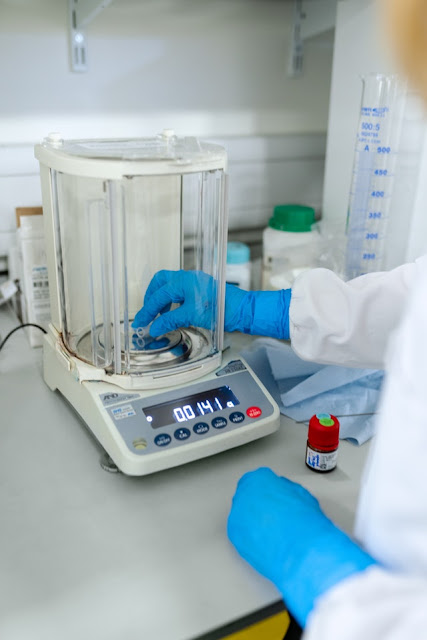Chain Fission Yield (%) for 233U,235U,239Pu, Thermal fission
Chain fission yield refers to the distribution of fission products produced when a heavy nucleus (such as Uranium-235 or Plutonium-239) undergoes nuclear fission. It is classified into three main types:
Independent Yield – The probability of directly producing a specific fission fragment immediately after fission, before any radioactive decay occurs.
Cumulative Yield – The probability of finding a specific fission product after all possible decay chains have been accounted for.
Chain Yield – The sum of the yields of all isotopes with the same mass number (A), regardless of their atomic number (Z).
Key Points about Chain Fission Yield:
It represents how fission products are distributed in terms of their mass number.
The chain yield curve typically has two peaks, one around mass numbers 90-100 and another around 130-140, due to the asymmetric nature of fission.
It is crucial for reactor physics, nuclear waste management, and nuclear weapon design.
All are included in the text as hyperlink
Read other posts of this website














Comments
Post a Comment